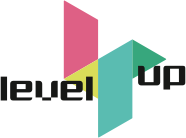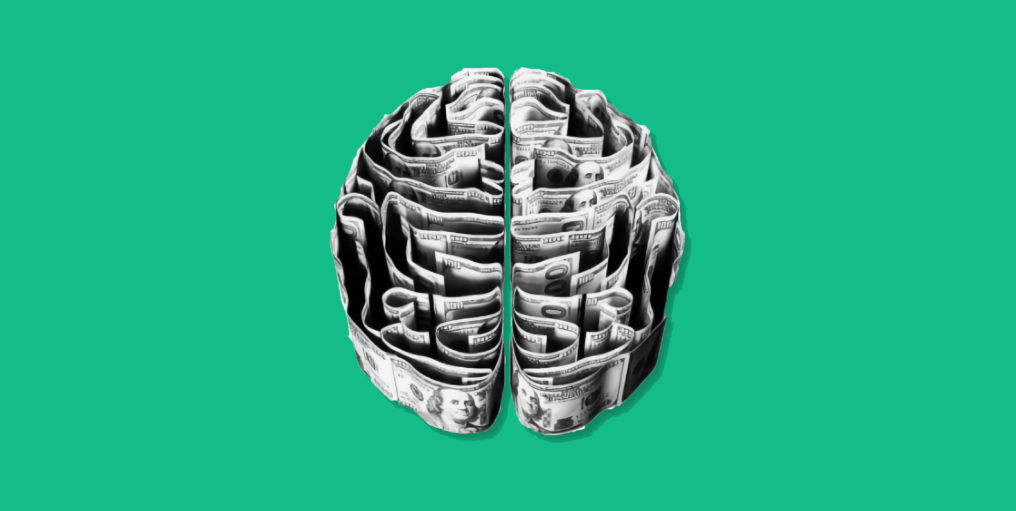A thought experiment
I trust you heard this before:
“People are the most important thing in building our startup” – basically any founder
So if people are such a strategic asset to a startup or scaleup, why not actually perceive them as such?
And no, this article is not another rant on the importance of investing in training, engaging or retaining your people. Enough has been written on this already.
What can we learn if we look at people as a truly literal asset? What can we founders, leaders and talent pro’s learn from the enormous, well-documented and theoretically advanced world of finance?
Let me explain.
Assets & Liabilities
First, let’s talk semantics. Assets & Liabilities are well-defined concepts in financial theory. Assets are financial or physical items you own, and they represent a certain value. Assets are represented on the left side of the balance sheet.
Too bad that picture is often incomplete: most software and intellectual property aren’t there, nor is your brand value or reputation. Ok, whatever.
The liabilities are on the right side of the balance sheet, and typically explain how you have financed the assets on the left side. This capital can be equity or loans. Some others would define liabilities as ‘risks’.
Neither of these definitions is suitable for our thought experiment. Instead, we’ll pick the definition that’s most simple, most pragmatic, and coincidentally, most wise.
Rich Dad, Poor Dad
If you haven’t read “Rich dad, poor dad” by Robert Kiyosaki, stop reading this, and order it now. I’ll wait.
As a young boy, Kiyosaki’s “Rich” dad teaches him how the rich get richer: they “yolo” their money into assets. Whereas the poor stay poor because they throw money into liabilities or worse: consume it. The poor don’t do this knowingly; they mix up assets and liabilities.
OK back to Kiyosaki’s “rich dad”:
“The simple definition of an asset is something that puts money in your pocket, and a liability takes money out of your pocket” – Robert Kiyosaki
An asset creates a positive cashflow, and a liability causes a negative cashflow.
For example, the misconception around owning a house. Kiyosaki believes that owned homes are actually liabilities, not assets. After all: the home generates a negative cashflow, no matter how much joy it sparks.
Only when selling the house again, unrealised gains will turn into cashflows. But alas: this again leads to negative cashflows because people tend to move to bigger, more expensive houses if they can.
People: asset or liability?
People as a liability
OK then, back to your company. How should we look at the people on your payroll? Well, apparently they become quite rowdy if we don’t pay them the agreed amount on that specific day of the month. So I guess that’s definitely some points for the ‘liabilities’-team.
Future cashflows
But why was your startup able to raise funding in the first place? You might be cashflow positive now, but surely at some point, you weren’t and investors were more than happy to provide you with the funds no bank would ever give.
And I think you know why: fantastic future cashflows. More specifically, the probability-weighted future cashflow, usually from an exit. In other words: the unrealised returns that are connected to the strategic value you are creating by proving stuff, building product, scaling sales and reducing your risk profile.
And how do you do this? Well… by deploying capital and employing people.
People as an asset
If we entertain the thought that most individuals in your team will create long term strategic value in the form of yet to be realised gains. Then indeed they are an asset. And as with many assets, they are actually an investment that tends to cost near-term cash with the intent to recoup long-term rewards.
With this out of the way, we are ready to start looking into financial concepts, see how they compare to the talent world, and what we can learn from it. In part 1 we’ll look at short vs. long term concepts, and in part 2 we’ll explore valuation.
Part 1: short vs. long term
Investment Time Horizon
According to Investopedia, an investment time horizon, or just time horizon, is the period of time one expects to hold an investment until they need the money back. Time horizons are largely dictated by investment goals and strategies. For example, saving for a down payment on a house, for maybe two years, would be considered a short-term time horizon, while saving for college would be a medium-term time horizon, and investing for retirement, a long-term time horizon.
Ask yourself: what is my time horizon for this hire? When can I reasonably expect to (have to) say goodbye to this person again? Are we a cross-generation family business, a dynasty lasting centuries? No, you probably are a fast-growing tech company that has never lost someone to pension.
As expected, job tenure at startups is lower than job tenure in other industries. For the US economy broadly, the median length workers stay with their current employer is 4.2 years. The median job tenure for startup employees is just 2.0 years.
Within the scope of startups & scaleups; companies have different average tenures for different reasons. Perhaps recruiting or onboarding could be better, as to prevent mishires. Perhaps your reputation of training people well (but paying them poorly) has made your company into a hunting ground for other talent-hungry competitors.
At our company, we shifted our strategy and investments to longer-term employment, as the increasing experience and know-how our employees have accumulated are simply too valuable for our clients.
Know your investment time horizon of hiring, and plan accordingly.
Capital Gains vs. Dividend investments
Both capital gains and dividend are sources of profit for shareholders. Dividend is paid out of the profits of a company, you get a return on your investment in the very first year.
Capital is the initial sum invested. So, a capital gain is a profit that occurs when an investment is sold for a higher price than the original purchase price.
Berkshire Hathaway is an example of a company that consistently shills out dividend. And Tesla is a growth stock where investors expect large Capital Gains.
It’s been a while since employees could be bought and sold. And I feel compelled to say: good riddance! It does mean we can’t really sell employees for Capital Gains, although it still kinda happens in professional soccer. Also, the players somehow don’t seem bothered by this at all! But I digress.
The analogy with the financial world might not be 100% perfect, but we can still use it if we bend it around a bit.
Hiring for potential
You can invest money, but your time and energy as well. And you might do that because you believe in a junior with potential, you love what they bring to the team in terms of personality, and just because you think it’s right to do so.
You are expecting the person to become great at what they do, and to stay with you happily ever after; and it’s totally ok if that impact comes later, maybe in a few years even. Unlike with Capital Gains, the main impact will not come at the moment they leave. But it does come in the later stage of them being part of their team will hopefully be worth your while.
Different horses for different courses
I once worked with an entrepreneur that was in the opposite ‘dividend’ camp. He thought that every course deserved their own horse. In other words: every vacancy, a new hire. If we don’t need a certain role any longer, he would fire them. Also, he would prefer external hires over internal promotions. Especially because he expected them to hit the ground running and make returns straight away (whether sales, product, spreadsheets, whatever). Like a true dividend-investor, he wanted return on investment now.
I didn’t particularly appreciate this approach, but that’s a matter of values and personal preference. He turned out to become hugely successful with it and is now in the Quote500.
HODL
“Hold On for your Dear Life!” is the made-up acronym that emerged in 2013 after a recent crash when a Bitcoin forum member drunkenly declared: “I AM HODLNG”
The term HODLing refers to investing and holding on to these assets no matter what. A sort of unconditional love that you can show your people, trusting that they’ll return the favour.
With a long-term time horizon and a somewhat extreme version of Hiring for Potential, we already covered it a bit. But the term is just too good not to use in the first part of this article.
To be continued in Part 2, where we’ll go over the concepts of ‘valuation’.
(Spoiler: it’s not the same as ‘price’)

